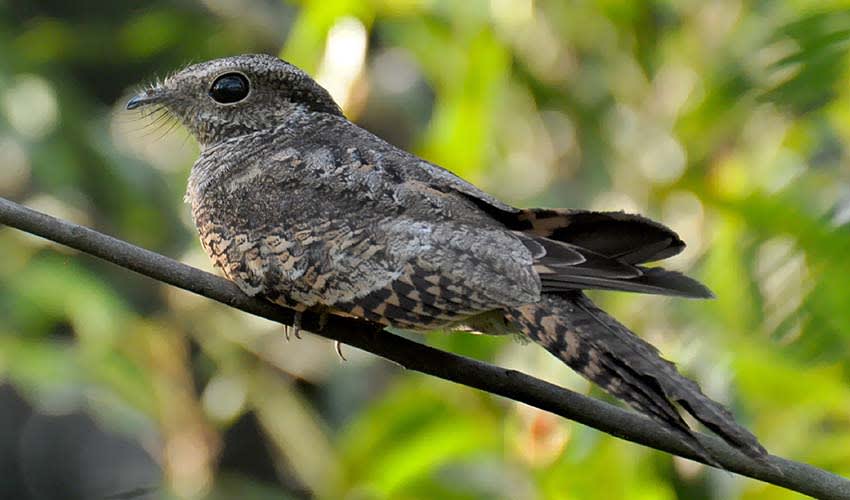Hydropsalis
So well-camouflaged that people sometimes nearly step on them without realizing they’re there
The genus Hydropsalis is part of the nightjar family (Caprimulgidae) and includes a group of mysterious, insect-eating birds that are mostly found in Central and South America. Known for their cryptic plumage, silent flight, and crepuscular or nocturnal behavior, these birds are masters of camouflage and twilight living. While most nightjars are already elusive, Hydropsalis species are particularly unique due to their long, sometimes elaborate tails, unusual vocalizations, and their preference for open or semi-open habitats like savannas, grasslands, and forest edges.
One of the most well-known species in this genus is the scissor-tailed nightjar (Hydropsalis torquata), named for the dramatically long, forked tail of the male, which can be nearly twice the length of its body. During the breeding season, males display their tail feathers in low, fluttering flight, often accompanied by clicking or chirping calls. This is both a courtship display and a way to establish territory. In contrast, the female has a shorter tail and more subtle coloring, helping her blend in while nesting on the ground. These birds do not build traditional nests—females lay their eggs directly on bare earth or gravel, relying on stillness and camouflage to protect their young.
What sets Hydropsalis apart from other nightjars is this dramatic sexual dimorphism (differences between males and females), especially in tail shape, and their distinct display behaviors. They are also known for their ground-based roosting and nesting habits, often resting motionless during the day on paths, open ground, or tree stumps, where their mottled plumage perfectly mimics leaves, bark, or stones. Their diet consists almost entirely of flying insects, which they catch in flight using their wide, gaping mouths and acrobatic maneuvering—feeding mostly at dusk or during moonlit nights.
Species in this genus
Ladder-tailed nightjar
A nighttime hunter extraordinaire


